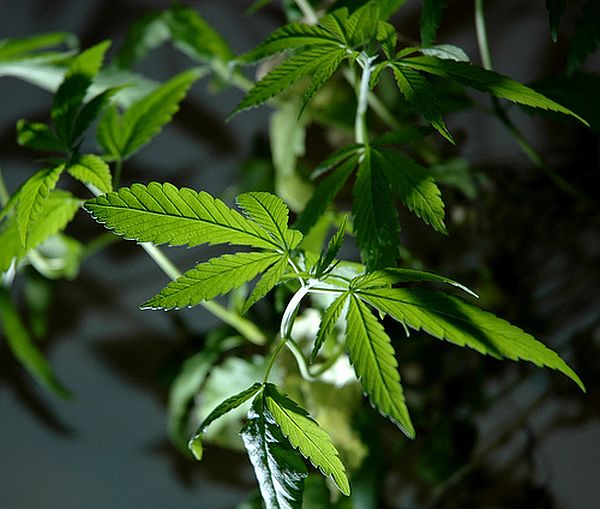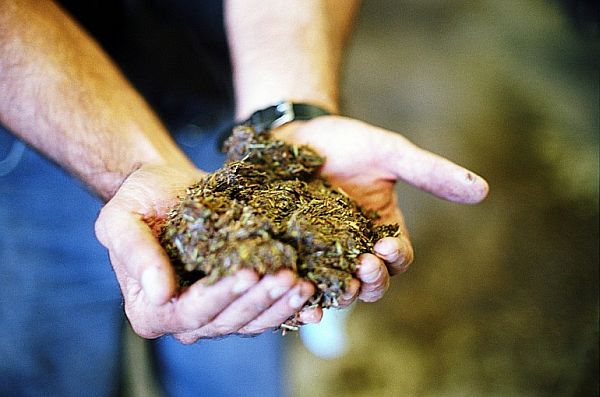The one thing that governments in all parts of the world are worried about is the fact that fossil fuel reserves are depleting faster than anybody would have expected a decade of two ago, and there is currently not many sources of fuel that can take over the burden. However, this is not stopping researchers from coming up with potential sources of clean fuel, which are renewable, less polluting and offer the same benefits as conventional fossil fuel. One such product is biofuel, which anyone can produce, even at home, and use it directly in an internal combustion engine. While these researchers are proposing growing large quantities of corn or sugarcane to produce ethanol, there are a few who believe that we waste a lot of products, which can be used to produce the same thing, without causing any significant change in the food growing cycle. Here are some of the bizarre raw materials that interestingly can be used to produce clean biofuel.
- Human fat:

Apart from global warming and climate change, one problem that the world is currently facing is the rise in obesity, which is usually treated by removing excess fat through a cosmetic surgical procedure called liposuction. As gross as it might sound, a surgeon in Beverly Hills used all the excess fat he removed from his clients to power a couple of his SUVs with biodiesel. Although the doctor was later booked for violation of state law barring use of human medical waste to produce fuel for vehicles, yet the doctor did display a way waste could be transformed into something useful.
- Genetically modified E-Coli:

If you believe that E-Coli bacteria can only give disease, think again. An international team of researchers is about to bring a revolution into the biofuel world, by creating biofuel that is identical to the petrol we use to power our rides. Until now, biofuel produced by various other means isn’t a true match to petrol and hence frequent use can corrode the engine. To solve the problem, the team of researchers used genes from a camphor tree, blue-green algae and soil bacteria, mixed it up with the DNA of E-Coli bacterium, engineering it to produce biofuel when fed with glucose. With further research, the team expects to further engineer the strain to produce the same fuel while being fed on plant and animal waste.
- Hemp:

Okay, so hemp has some other uses too. A team of researchers at UConn has found out a way to use industrial hemp, also known as Cannabis Sativa, to produce biofuel. One of the biggest benefits of producing biofuel from industrial hemp is the fact that industrial hemp can be cultivated on infertile soils and hence growing it on a large scale won’t take up precious fertile real estate. Additionally, the conversion process of hemp into biodiesel is surprisingly efficient, with 97 percent of hemp oil being converted to biodiesel. The only drawback – cultivating hemp isn’t legal in the United States and several other countries where researchers are desperately finding alternative fuels.
- Rabbits:

Although rabbits, when alive, have nothing to do with fuel, surprisingly it turns out that their soft and small bodies can be converted into biofuel. No, we’re not advocating any crime against our animal friends, but this article is all about the bizarre sources of biofuel and using bunnies for fuel is as bizarre as it can get. The idea gained traction in Stockholm, where an overly aggressive population of stray bunnies is doing all kinds of stuff, right from destroying parks to farmlands, and the authorities there want to kill two birds at once, by trapping, killing and burning these cute little animals to generate biofuel.




